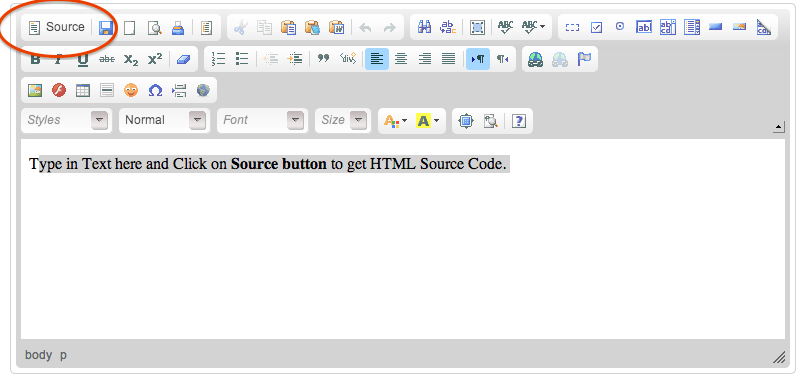Today you will do 3 things:
- Introduce yourselves and listen to an overview of the syllabus
- Discuss yourselves in relation to professional writing
- Begin drafting bios
1. Introduce yourselves
First, you will attempt two kinds of introductions, one more intimate and the other more aggregative; that is, after you spend time exchanging names, majors, and career plans, you will turn to the data you provided in your surveys. Before you do that, though, I’ll provide an overview of the syllabus.
2. Discuss yourselves in relation to professional writing
We’ll first take a minute to make sure everyone completed a survey. You’ll then look over Google’s response summary from the survey I sent you. With a partner, come up with some tentative answers to the following question:
What patterns do you notice with this dataset and what might they say about the experiences and goals of the members of this class, especially when it comes to professional writing?
Let’s also try to define professional writing and reflect on some of the ways you’ve already begun to learn how to write like one.
3. Begin drafting bios
At the top of this page, you’ll notice a Meet the Team link. At the moment, I’m the only person listed. While we can certainly use my bio as a template, I’d rather have us talk about what we’d like there (we should also acknowledge that writing these ain’t easy, as the Tweets to the right can attest).
As this Smashing Magazine article makes clear, the point of a team page is to establish credibility with outside audiences; however, since we don’t have any outside audiences, our goal is to establish credibility with each other — and to have some fun doing it. So let’s look at that article and review some of the basic trends, then develop our own criteria, which I’ll post on the course site.
If there’s time, you should begin drafting a bio using this TinyMCE editor. Once you have a draft, grab the html code by cutting and pasting the “Source” button (see image below). This is important as I will use the html to code our page on this course site.
Once you’re happy with your design (in class or not), grab the html by copying and pasting it into a new document that you’ll have access to class on Thursday. Also for Thursday, read “Chapter 3: Defining Your Communication’s Objectives: Purpose, Reader, Context” and pp 5-10 (“Characteristics of workplace writing”) in our textbook. In class, we’ll review the bios and watch and take notes on Helvetica (2007), considering how the film presents a rhetorical analysis of typeface.

